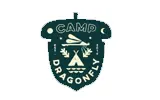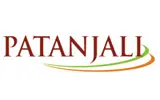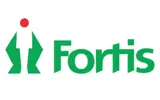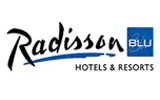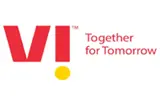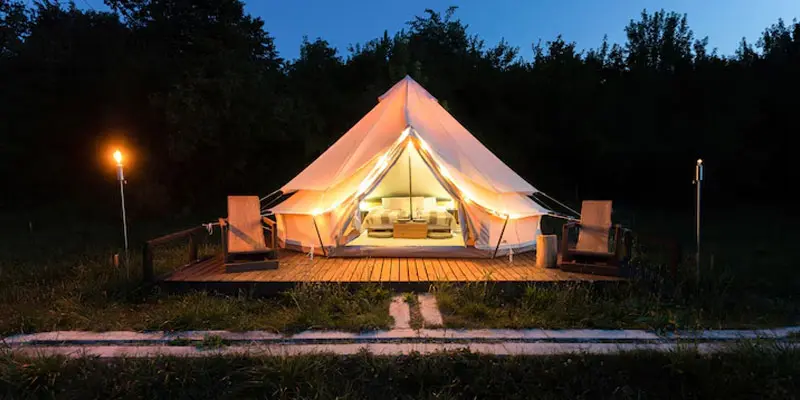
Tent Manufacturer's Guide: From Swiss to Dome – Explore Our Best Designs
Choosing the right tent design makes all the difference. Whether you're planning a festival, camping adventure, or industrial project, the type of tent you select impacts durability, ease of use, and customer satisfaction. Over time, tent designs have shifted from simple shelters to sophisticated structures built for different environments. Understanding these designs is key for manufacturers looking to stay ahead and meet varied client needs.
The Evolution of Tent Designs
Historical Background of Tent Innovation
Tents have been around for thousands of years. Early nomads crafted simple skins and animal hides stretched over bones or wood. These basic shelters kept people dry and protected from the elements. As societies grew more advanced, tents evolved into more stable, engineered structures. The Swiss-style tent, for example, gained popularity thanks to its sturdy design and attractive appearance. This trend pushed innovation toward lightweight, weather-resistant, and easy-to-assemble models.
Modern Trends in Tent Manufacturing
Today, the market shows rapid growth. More people want eco-friendly, portable, and durable tents. In fact, the global outdoor gear market is expected to hit $20 billion by the next year. Manufacturers now focus on sustainable materials, like recycled fabrics and solar-powered features. Tech advances also allow for smarter, stronger designs that can handle tougher weather while being lighter to carry.
Expert Insights
Industry analysts predict that tent designs will continue to innovate. They see trends moving toward modular structures and multi-purpose tents. These innovations aim to please campers, event organizers, and emergency teams—people demanding safer, adaptable shelters that last longer.
Swiss-Style Tents: Classic Design with Timeless Appeal
Features and Characteristics
Swiss-style tents are instantly recognizable. They feature a rounded roof, sturdy frame, and elegant fabric walls. Made with canvas or synthetic materials, these tents balance style and function. They're perfect for festivals, luxury camping, or exhibitions, thanks to their eye-catching look.
Advantages and Limitations
These tents look impressive and are easy to put together. They're durable and look good in many settings. But they aren't the best for harsh weather. Wind and heavy rain might cause issues if the tent isn't built with weatherproof materials. Scaling Swiss-style tents for large events can also be costly and complex.
Best Practices for Manufacturing Swiss Tents
Builders should pick quality fabrics resistant to weather damage. Adding sustainable options like recycled polyester can attract eco-conscious customers. Precise craftsmanship ensures the tents are stable and look great for years. Customization options—such as colors or logos—are an excellent way to stand out.
Modern Tent Designs: From Tunnel to Geodesic
Tunnel Tents: Compact and Lightweight
Tunnel tents feature long, arched poles forming a tunnel shape. They're perfect for backpackers and families on campsites because they're lightweight and easy to carry. These tents usually have good ventilation and simple setup. Manufacturing needs focus on strong tension systems and durable fabrics that bend without breaking.
Geodesic Tents: High Stability and Strength
These tents use multiple intersecting poles creating a star-like pattern. They excel in extreme weather conditions, from heavy snow to high winds. Building geodesic tents involves complex engineering to ensure strength and stability. Innovations include lightweight composite materials and tension-cable systems to reduce weight without sacrificing durability.
Expert Recommendations
Top tent designers advise matching the right design to customer needs. For adventure gear, a tough geodesic model pays off. For quick-to-assemble family tents, tunnel designs work best. Understanding these differences helps manufacturers create products clients will love.
Dome Tents: The Ultimate in Modern Shelter
Types of Dome Tents
Dome tents come in various forms. The classic geodesic model features intersecting ribs making a circular shape. Semi-geodesic versions have fewer poles, saving weight while maintaining strength. Sizes range from small personal shelters to large family units, often with vestibules or extra rooms.
Benefits of Dome Designs
Dome tents are super stable. They resist wind and snow well. Space inside feels open, and the design allows for ample headroom. These qualities make them popular in outdoor recreation, emergency relief, and even military operations. Innovative features like modular panels enable custom setups.
Manufacturing Insights
When building dome tents, the choice of strong, lightweight materials is crucial. Tensioning techniques—like hub and rib systems—help keep the structure stable. Trends toward modularity help manufacturers offer customizable options, appealing to outdoor companies wanting tailored solutions.
Comparing Tent Designs: Which is Right for Your Business?
Key Factors in Selection
Weather resistance comes first. Portability and quick setup matter for backpackers. Cost influences whether you target high-end markets or mass retail. Always consider what your customers prefer—from luxury to basic shelter.
Case Studies
Some companies excel with Swiss-style designs for upscale events. Others thrive by producing tough geodesic tents for harsh climates. Brands successfully expanding their lines balance innovation with reliability. Learning from industry leaders speeds your growth.
Actionable Tips
- Innovate within each design, like adding solar panels on dome tents.
- Incorporate eco-friendly materials across all models.
- Develop modular options to broaden your product line.
- Explore niche markets, such as emergency or military tents.
Future Outlook and Innovations in Tent Manufacturing
Emerging Technologies
Manufacturers now experiment with lightweight composites, smart fabrics, and automation. These innovations lead to tents that are stronger, lighter, and more versatile. Some tents even include sensors to monitor temperature or tension.
Market Trends
Eco-friendly tents are in high demand. Tents that serve multiple purposes, like adding a room or converting into shelters, attract customers. The growth of outdoor tourism and emergency preparedness encourages innovation.
Expert Predictions and Closing Thoughts
Experts believe the future of tent manufacturing will focus on sustainability and adaptability. Staying ahead involves investing in new materials and design ideas. Embracing these changes will help your business thrive.
Conclusion
From Swiss-style classics to modern geodesic and dome tents, each design offers unique benefits. Knowing which type fits your target market can set your business apart. The key is to stay innovative, adapt to new materials, and listen to customer needs. By exploring diverse tent structures, you can meet the demands of today's world and prepare for the future of the industry.




